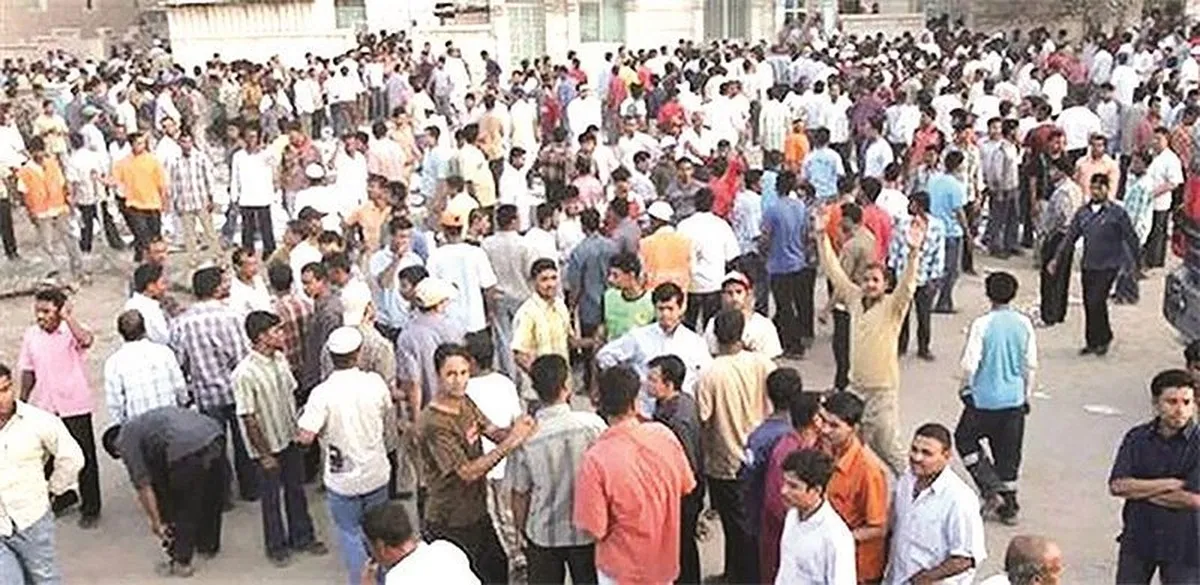10/11/2024
10/11/2024

KUWAIT CITY, Nov 10: Kuwait’s workforce has experienced steady growth, with a recent report estimating the total number of workers at approximately 2.141 million, excluding domestic workers, reports Al-Seyassah daily. This marks a 2.5 percent increase compared to 2.089 million workers at the close of the second quarter of 2023. Despite this overall growth, disparities in wages persist, particularly between male and female workers, as well as between Kuwaiti and non-Kuwaiti employees.
In the government sector, the average monthly wage for male Kuwaiti workers was reported to be about 1,966 dinars, reflecting a slight increase from 1,950 dinars a year earlier. Female Kuwaiti workers in the same sector earned an average of 1,387 dinars, which represents a 41.8 percent wage gap compared to their male counterparts. Meanwhile, the wages for non-Kuwaiti workers in government positions have also seen slight increases. The average salary for non-Kuwaiti males is now about 807 dinars, while for females, it stands at 724 dinars, with a smaller gender wage gap of 11.4 percent. The Al-Shall report, which draws from data by the Central Statistical Administration, highlights that the wage disparity is less pronounced among non-Kuwaiti workers.
The average salary for all Kuwaiti government sector employees, male and female, is approximately 1,616 dinars, compared to just 340 dinars for non-Kuwaitis across both sectors. The private sector also presents wage gaps for Kuwaiti employees. Male Kuwaiti workers in the private sector earned an average of 1,648 dinars, which is 16.2 percent lower than their government sector counterparts, while female Kuwaiti workers earned 1,075 dinars. In terms of employment distribution, Kuwaiti workers make up 15.4 percent of the total workforce, a slight increase from 14.6 percent in the previous year.
Of those Kuwaiti workers, approximately 377,500 are employed in the government sector, with an additional 74,100 in the private sector. Domestic workers remain a significant portion of the expatriate workforce in Kuwait, making up 26.9 percent of all expatriates, with a total of 786,000 domestic workers. This represents a slight decrease from 788,000 a year ago. Domestic workers are primarily female (421,000) but also include a considerable number of male workers (365,000). Expatriate workers from India dominate the workforce, making up about 30.2 percent of the total labor force, or 883,000 individuals. Egyptians come second, comprising 16.2 percent of the workforce with 475,000 workers, while Kuwaitis themselves hold 15.4 percent of the total workforce. These figures reflect both the continued growth of Kuwait’s labor force and the ongoing complexities surrounding employment, gender and nationality based wage disparities, as well as the importance of foreign workers in the local market.


